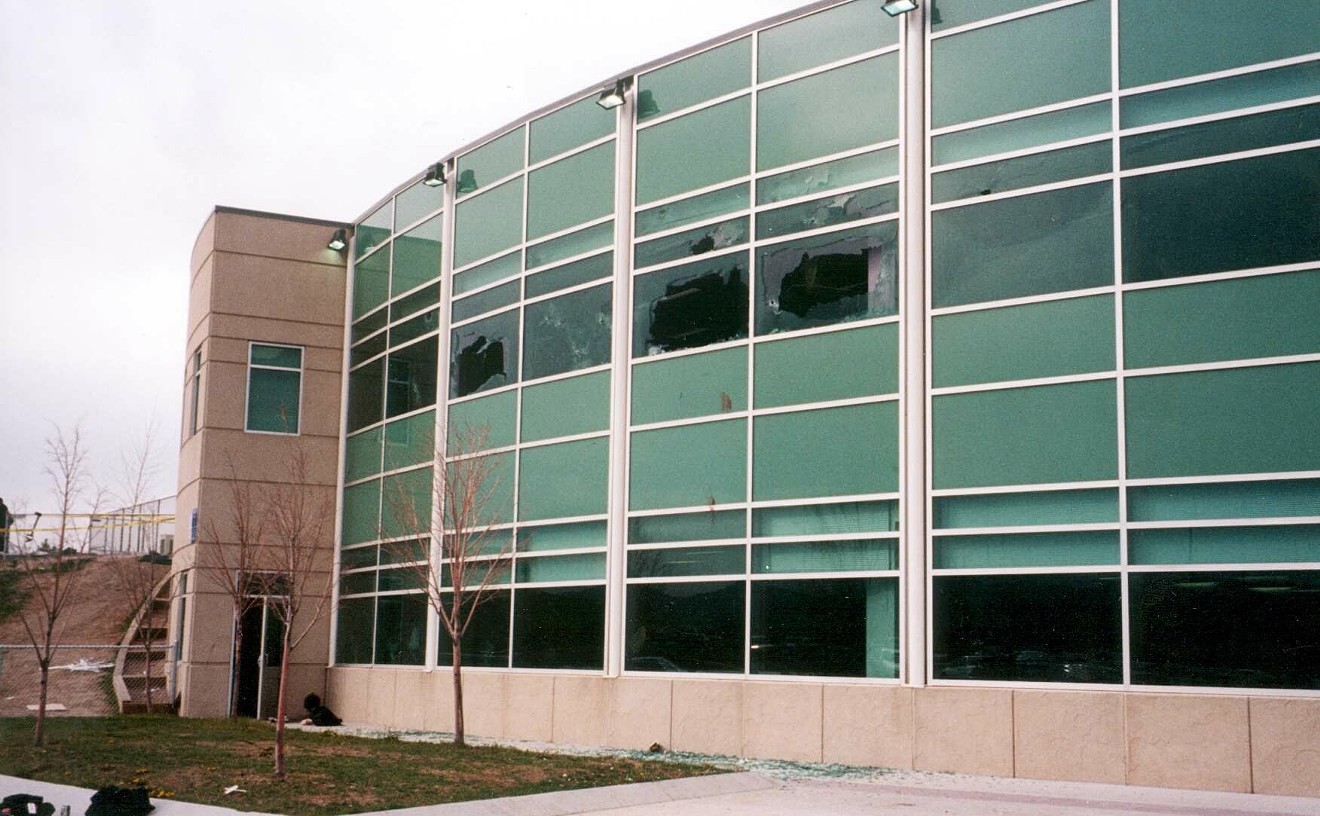The damage is being done by people who move rocks and other artifacts in places where Indians once lived or conducted religious ceremonies, says Kenny Frost, a Ute Indian who works with the U.S. Forest Service and the Bureau of Land Management to identify archaeological sites.
Frost says he and U.S. Forest Service archaeologist Bill Kight discovered the vandalism about three weeks ago while visiting the area at the request of park archaeologist Jeff Conner. "Jeff wanted us to confirm what he suspected were a number of sites," Frost says.
Rocky Mountain National Park lies within the traditional boundaries of the Ute homeland. Trail Ridge Road follows the old Ute Trail used by that tribe to travel through the mountain regions of Colorado. It also contains sites of ancient battles between the Utes and the plains-dwelling Arapaho, who would venture into the mountains to hunt and raid.
Frost and Kight confirmed Conner's suspicions, finding religious and battle sites as well as signs of habitation, including wickiup lodges. "Quite a lot" of those sites, says Frost, had been disturbed.
Frost blames much of the destruction on new-age adherents who mix and match a variety of religions, including those of Native American tribes. In one case, he says, rocks had been moved to spell out the phrase "God Is." Other stones had been formed into large peace symbols and arrows.
In past years, Frost has faced off against new-agers who use Indian sites for their own purposes. This time, Frost says, he isn't sure if the vandals are even aware of what they're destroying.
"It may be that the sheer beauty [they find at] 12,000 feet makes them want to make their own religious statement," he says.
Frost says he hopes to alert members of the public to the problem, along with National Park Service employees who may not realize the vandalism is occurring.
Several acts of Congress can be used to prosecute people who disturb Indian sites. One is the National Historic Preservation Act, which generally applies to building sites; another is the Archaeological Resource Protection Act, which prohibits disturbing sites of human habitation more than fifty years old; another is the Native American Grave Protection and Repatriation Act, which protects burial sites and requires that human remains be returned to American Indians for reburial; and finally, there's the American Indian Religious Freedom Act, which protects religious sites whether or not physical artifacts are present.
Frost says he hasn't kept count of the number of Rocky Mountain National Park sites destroyed so far. However, he says, "so much of the area near Trail Ridge Road has been disturbed that we're going to have to write it off."
The damage is so extensive, says Frost, that it's "often impossible to tell what is legitimate and what is not.










